“Calm and serene, the sound of a cicada, penetrates the rock.”—Matsuo Basho
******
They’re heeeeerrrrreeeee.
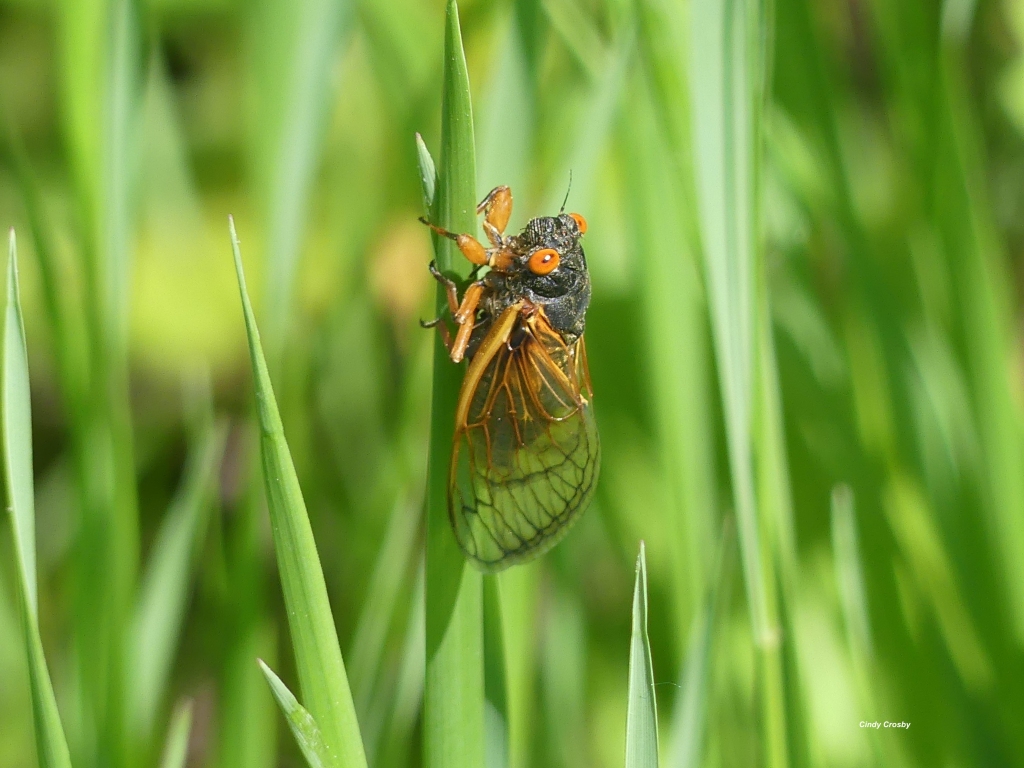
Hello, cicadas.
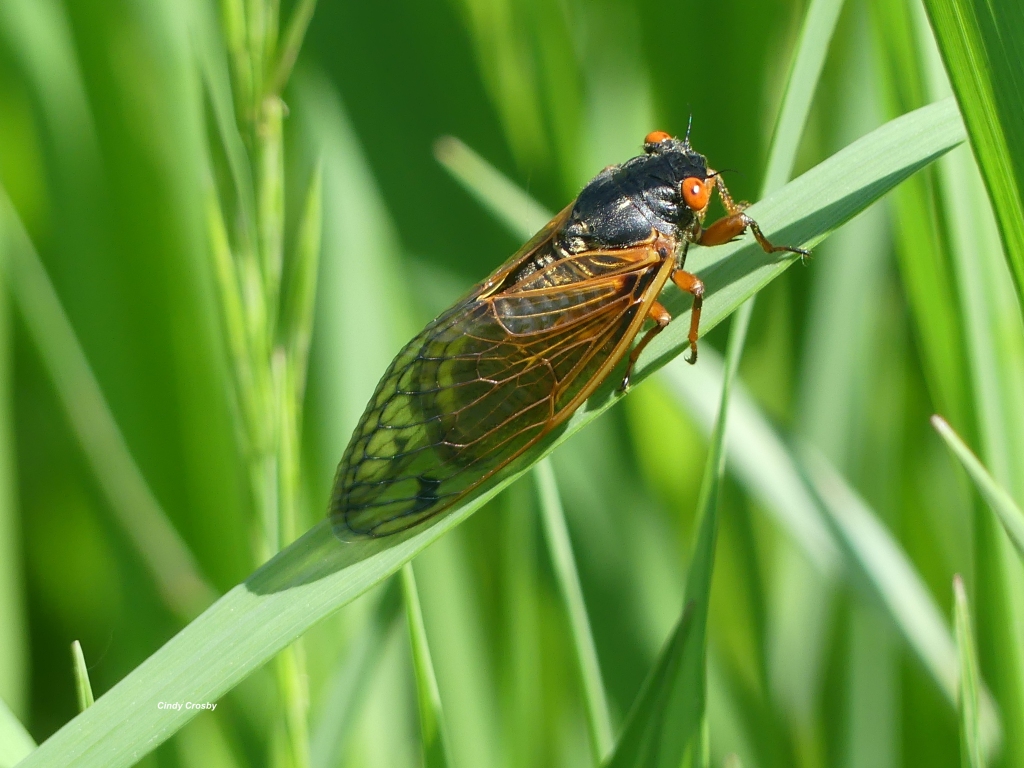
On the prairies in my part of northern Illinois, cicadas are everywhere this week. You may even find their exuviae, which they leave behind after emerging.
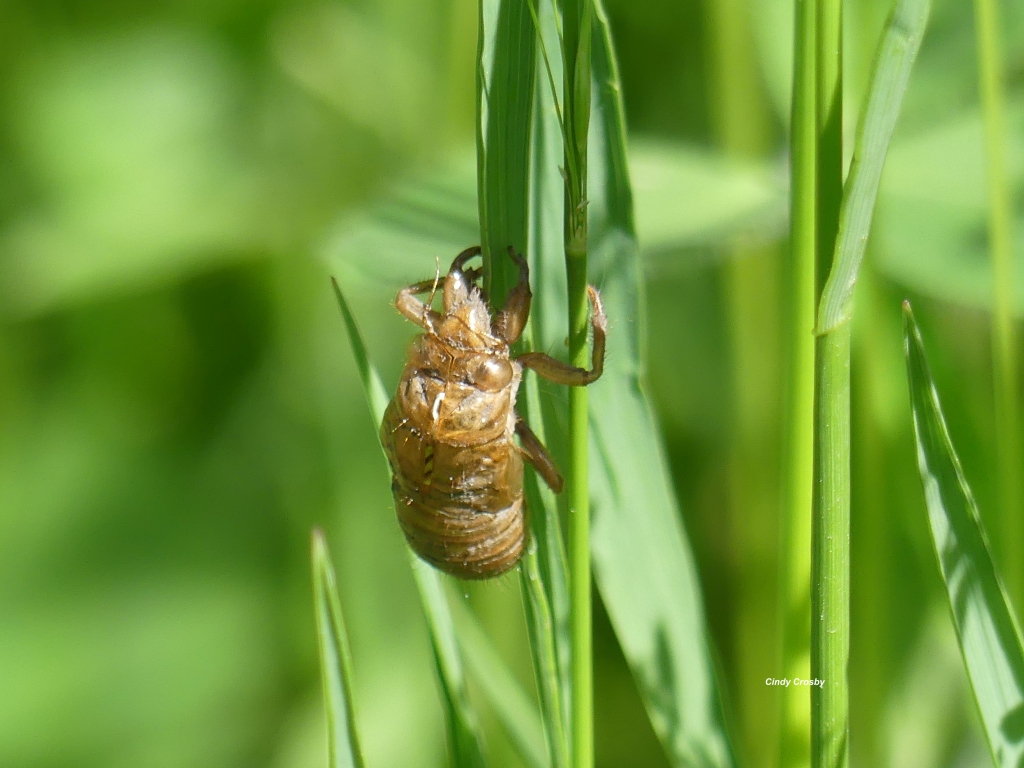
Soon, their singing will be the soundtrack to our summer. You won’t be able to shut out the sound! But for a few more days, the world is fairly cicada song-free. They are still a bit of a novelty. Each one is a marvel.
But while you’re admireing the cicadas, don’t miss the other mid-May prairie wonders. It might be a savanna sparrow, singing its three-part buzzy trill.
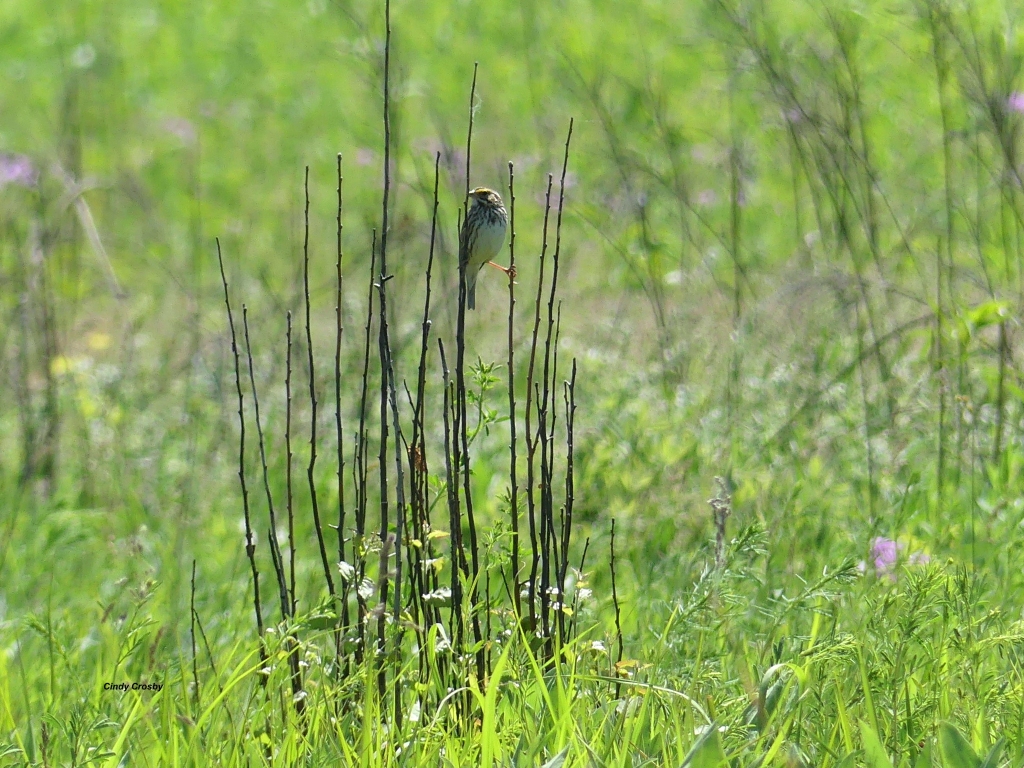
Or the early southern spreadwing damselflies, now thought to be migratory.
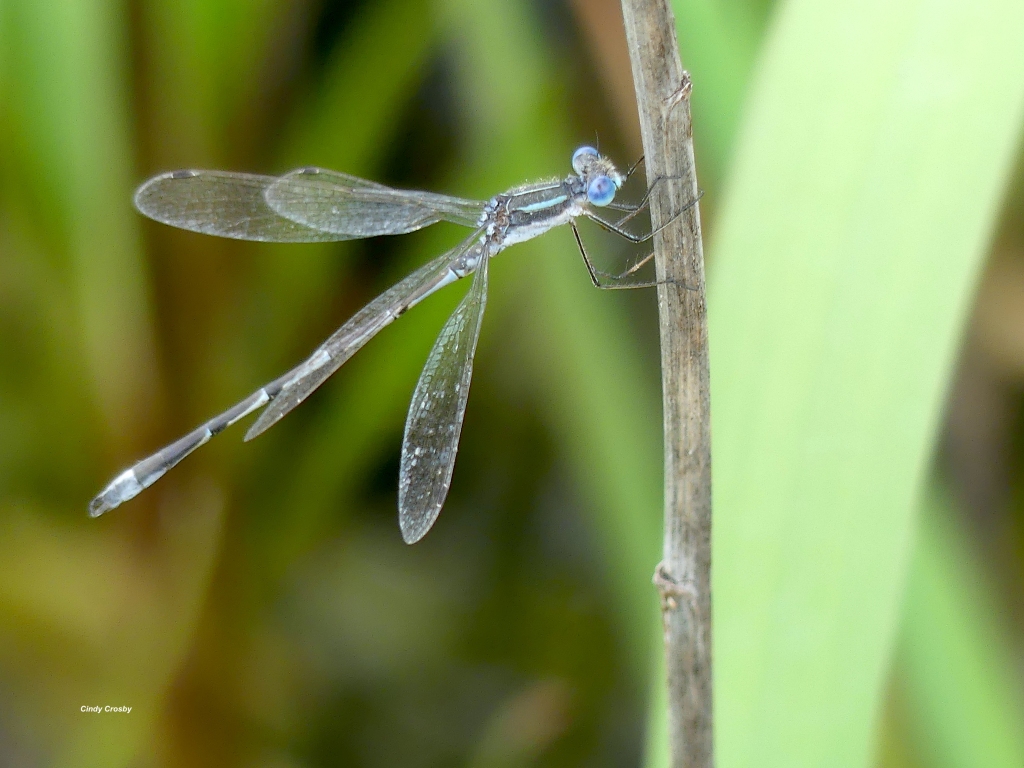
Go out in the morning to see spiderwort, with its alienesque buds and short-lived flowers which attract bumblebees and long-tongued bees.
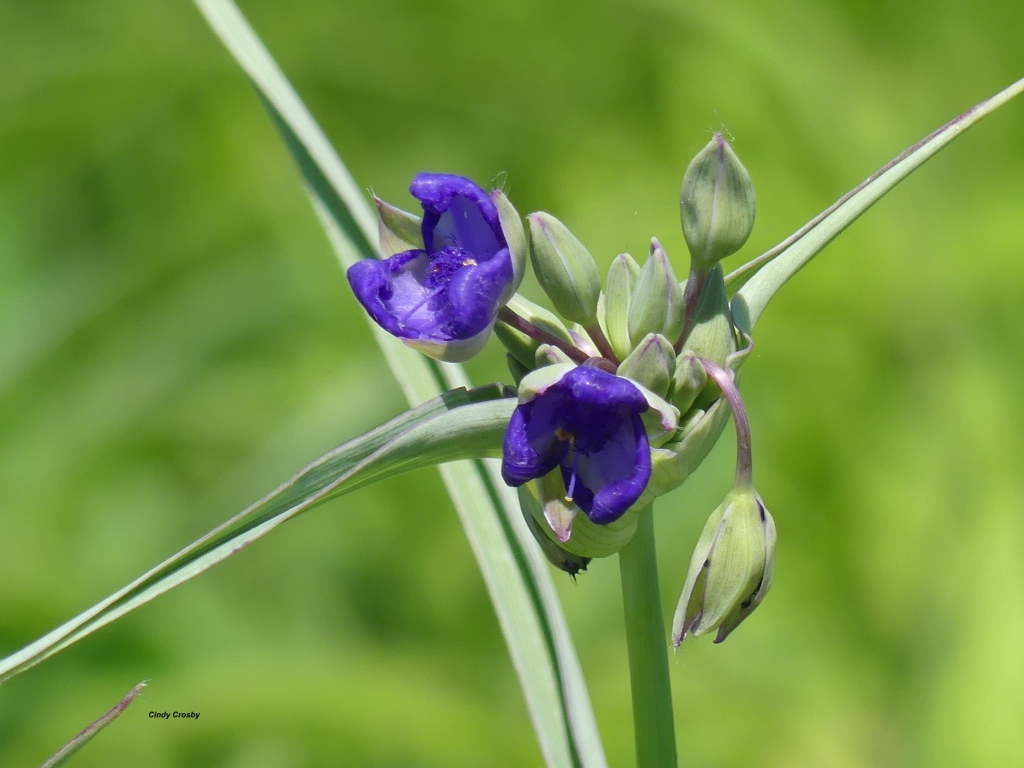
Maybe you’ll spy a day-flying eight-spotted forester moth resting in the undergrowth. The caterpillars use grapes and virginia creeper as host plants.
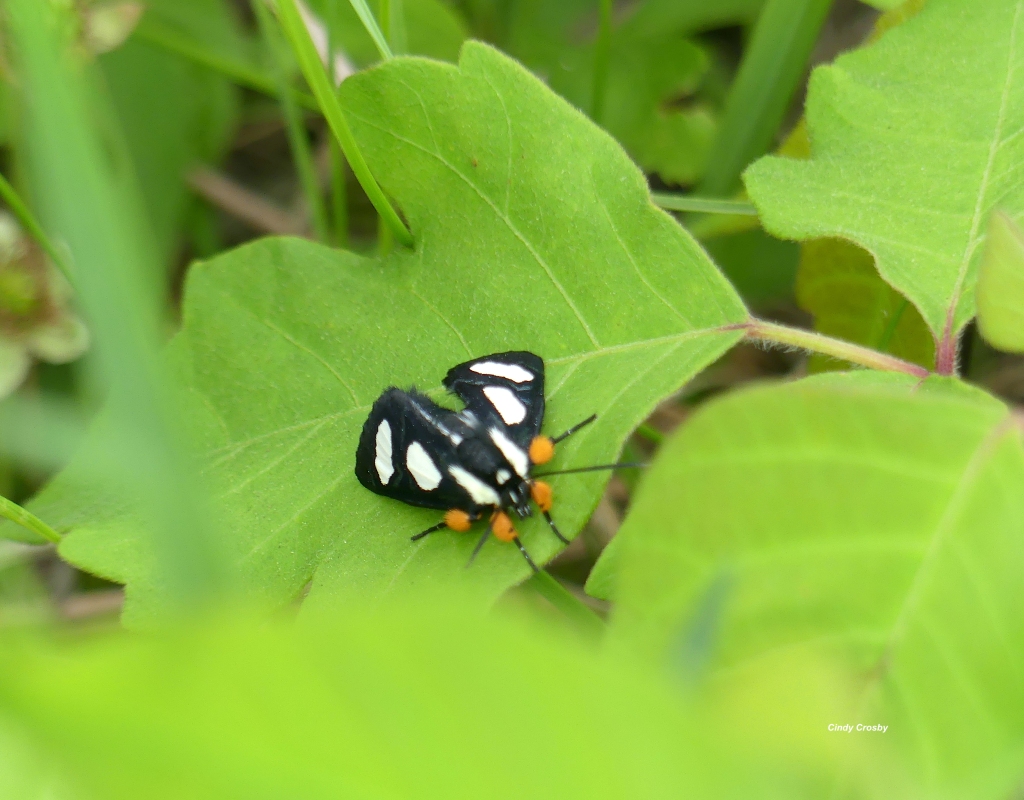
Or if you’re lucky, you’ll see an odd-ball eastern forktail andromorph female damselfly, which showed up on one of my dragonfly data collection routes this week. It’s only the second time I’ve seen this unusual variation on a common damselfly species.
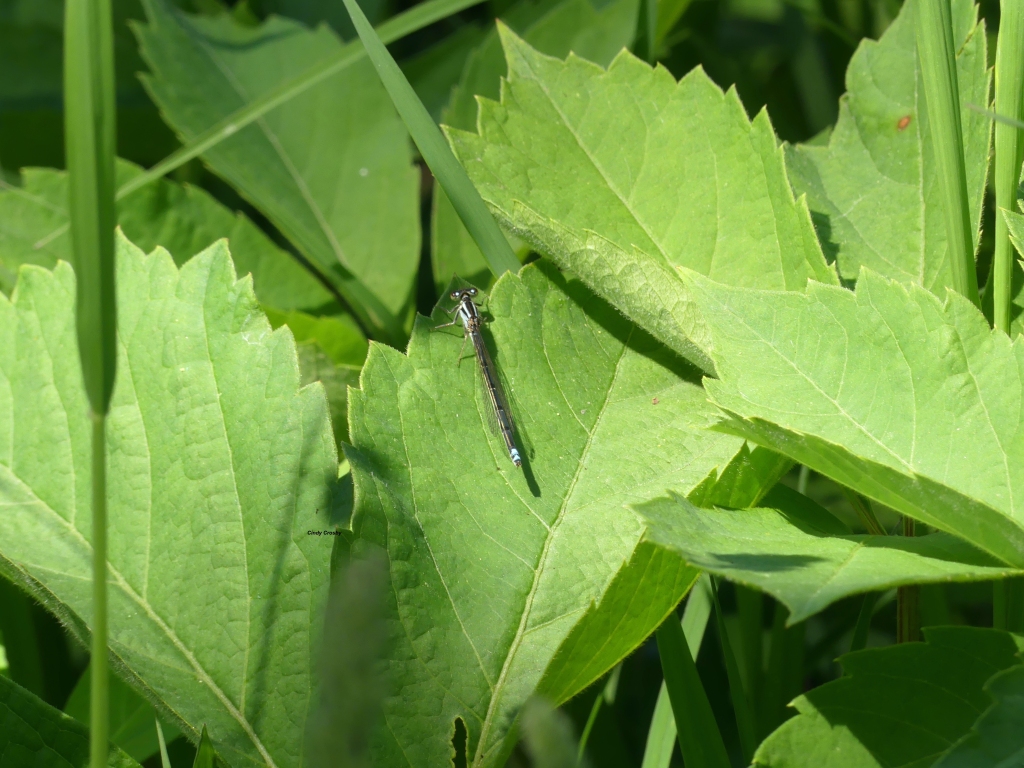
Along the prairie paths, you may discover edible valerian—sometimes called “tobacco root” or “common valerian”— which is turning pink and going to seed.
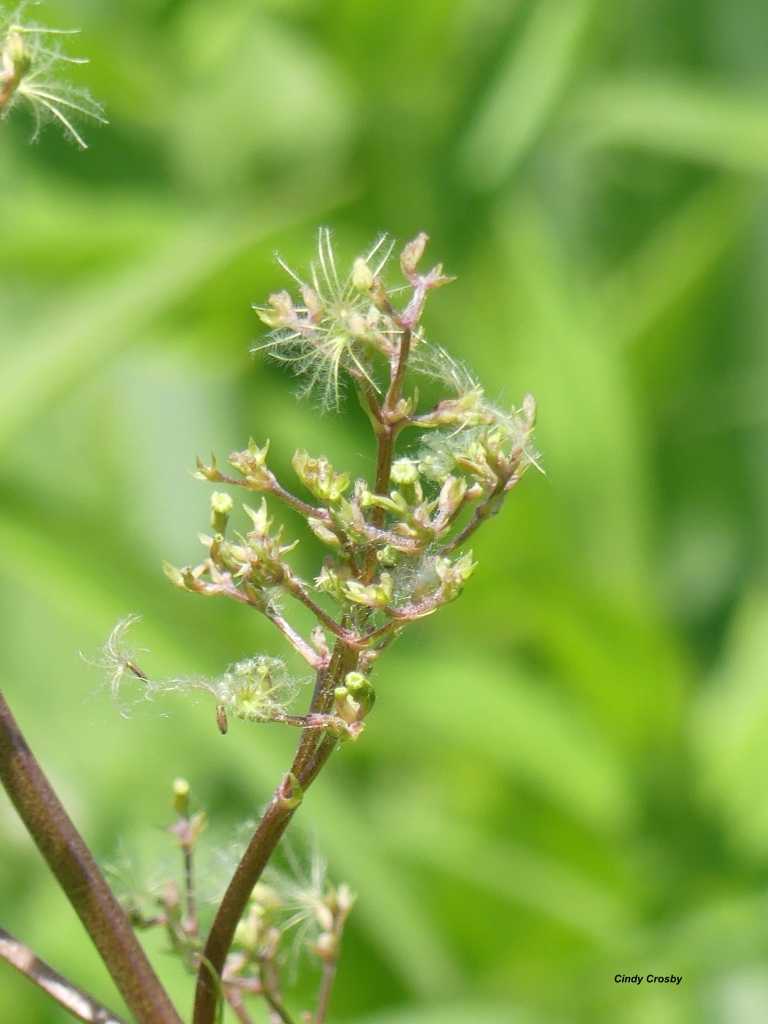
You’ll notice that bastard toadflax has begun its transformation from bloom to seed.
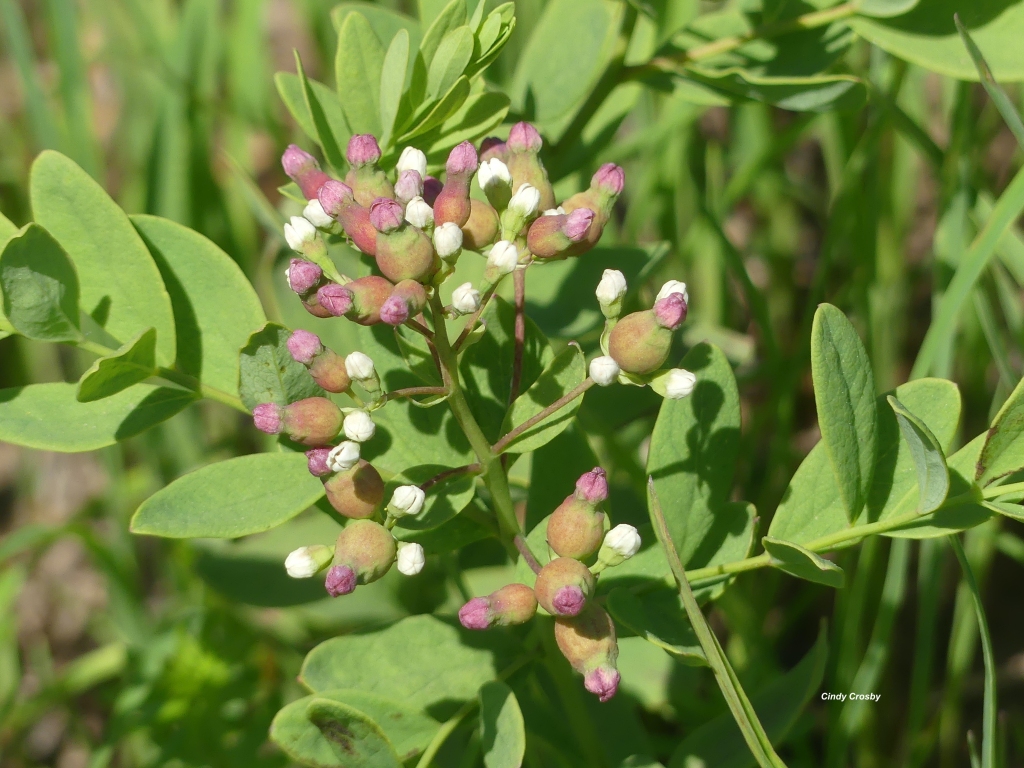
And look at that blue-eyed grass! Such tiny little seeds in process.
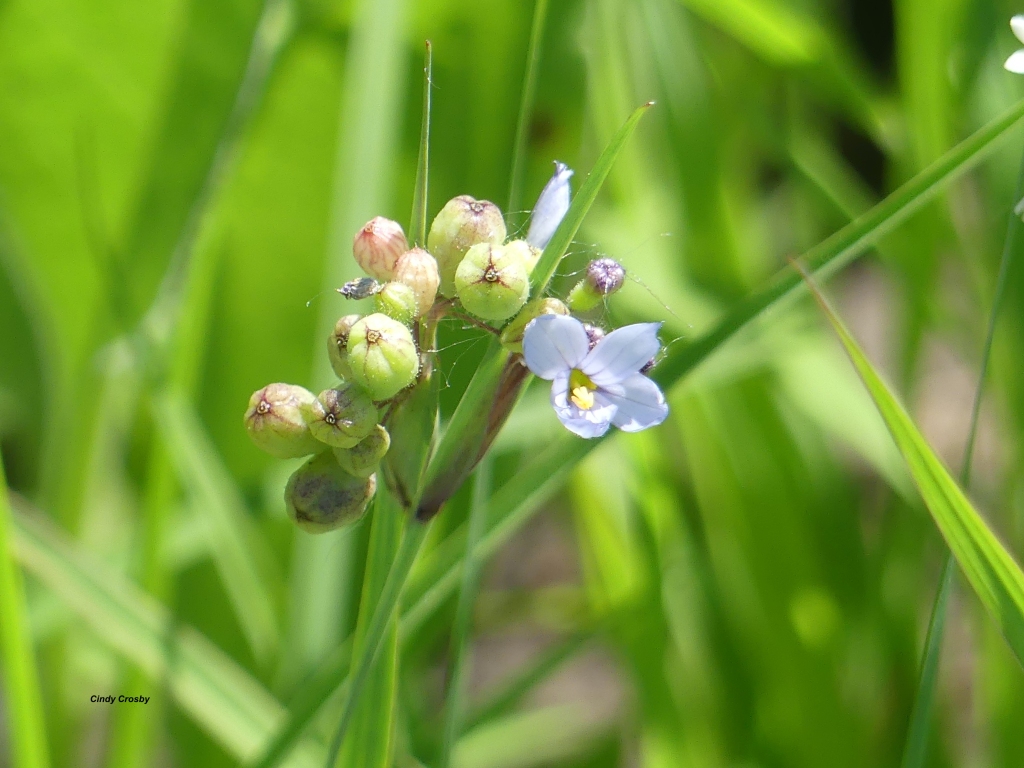
Pale purple coneflowers are just days away from flowering.
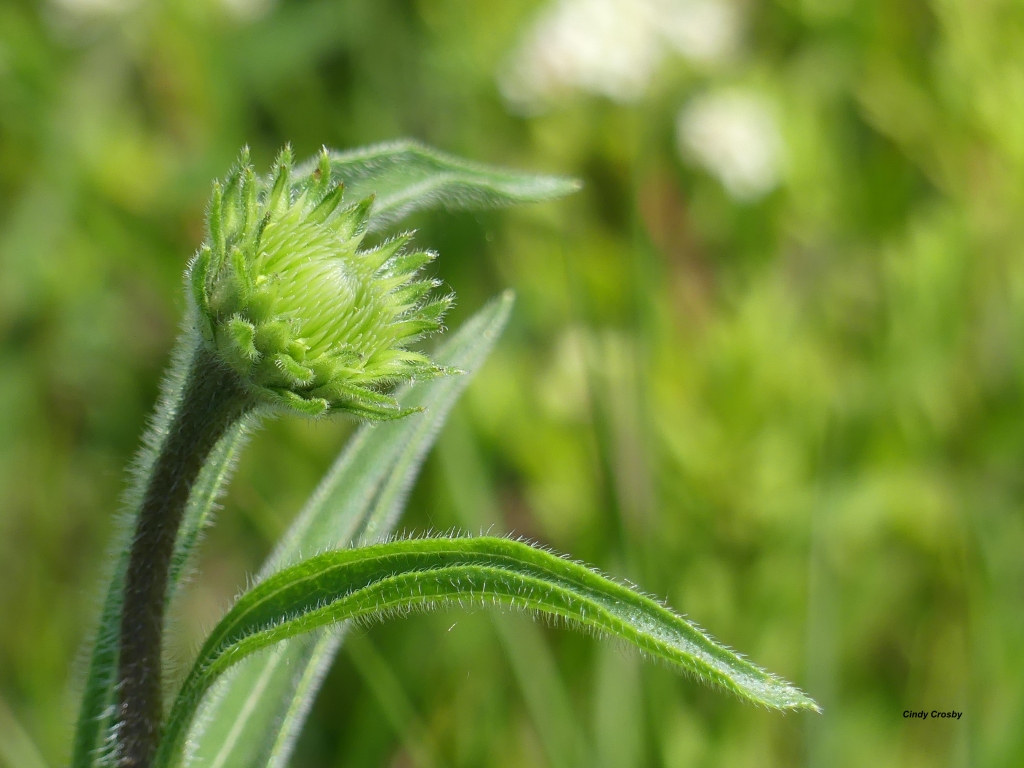
The aptly-named hairy beardtongue is in full bloom.
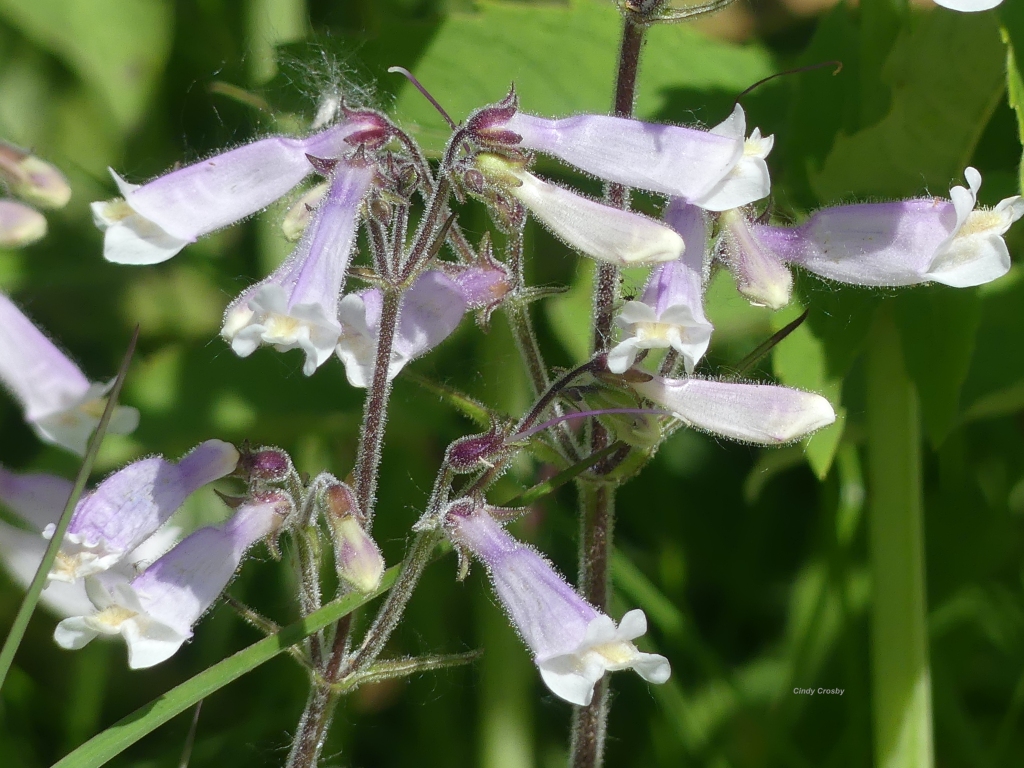
And the meadow anemones and american vetch pair up to make a floral arrangement that beats anything a florist could pull together.
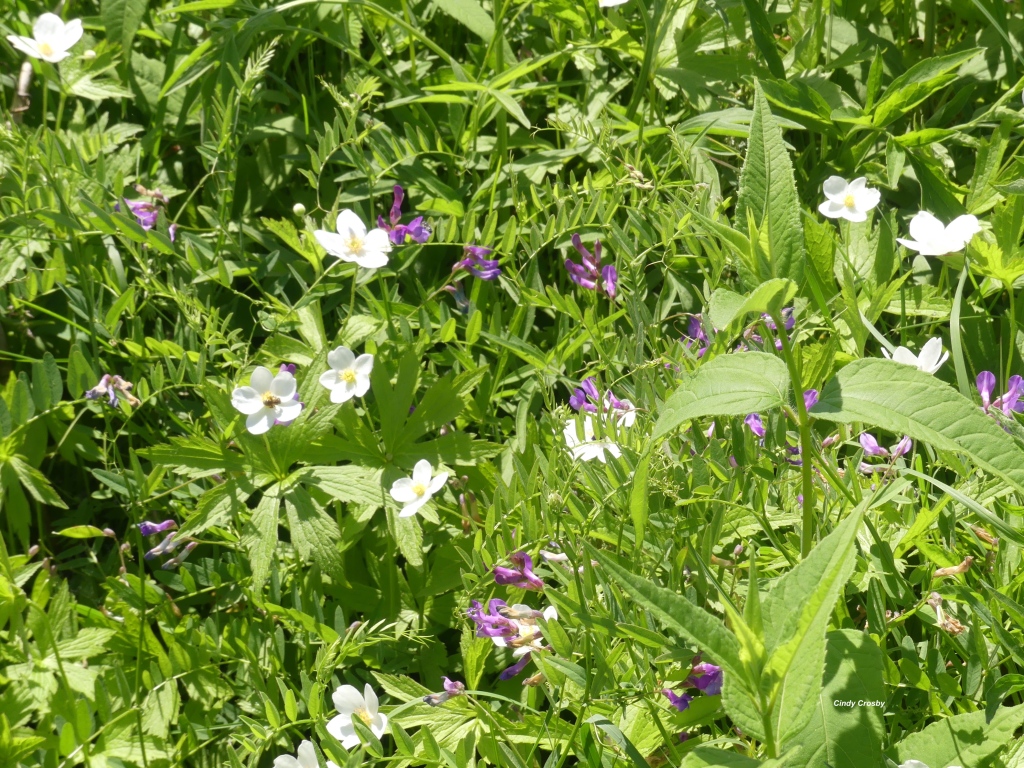
Look closely in the tallgrass. See the spittlebug foam?
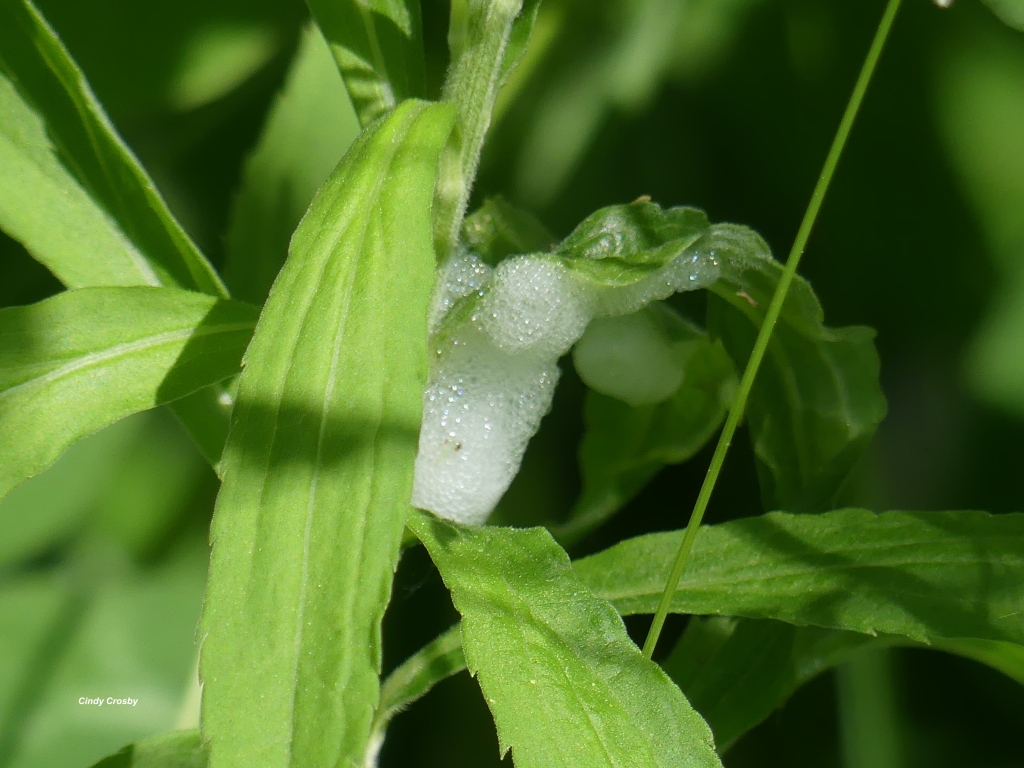
Smoosh that froth with your fingers (ewww!), and you’ll find the tiny pale insect inside. The spittlebugs feed on everything from daisies to goldenrod. The “froth” helps keep the insect moist, and protects it from predators.
Nearby, the first common whitetail dragonflies perch, ready for flight.
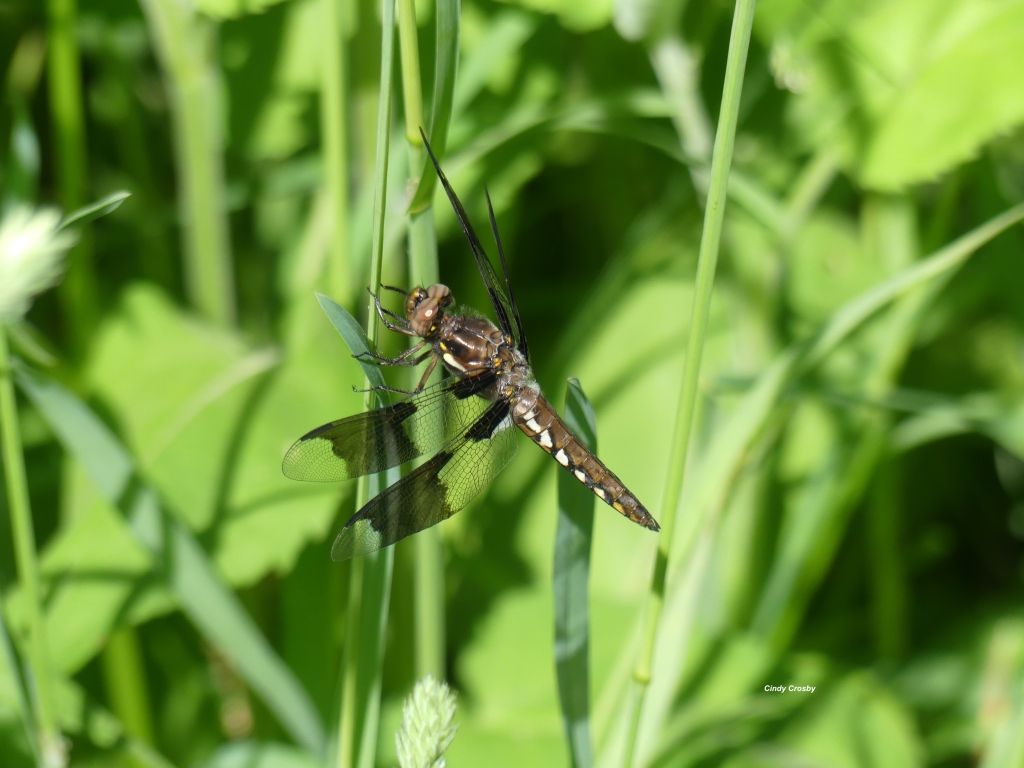
Their emergence is eagerly awaited in the wetlands by hungry green frogs…
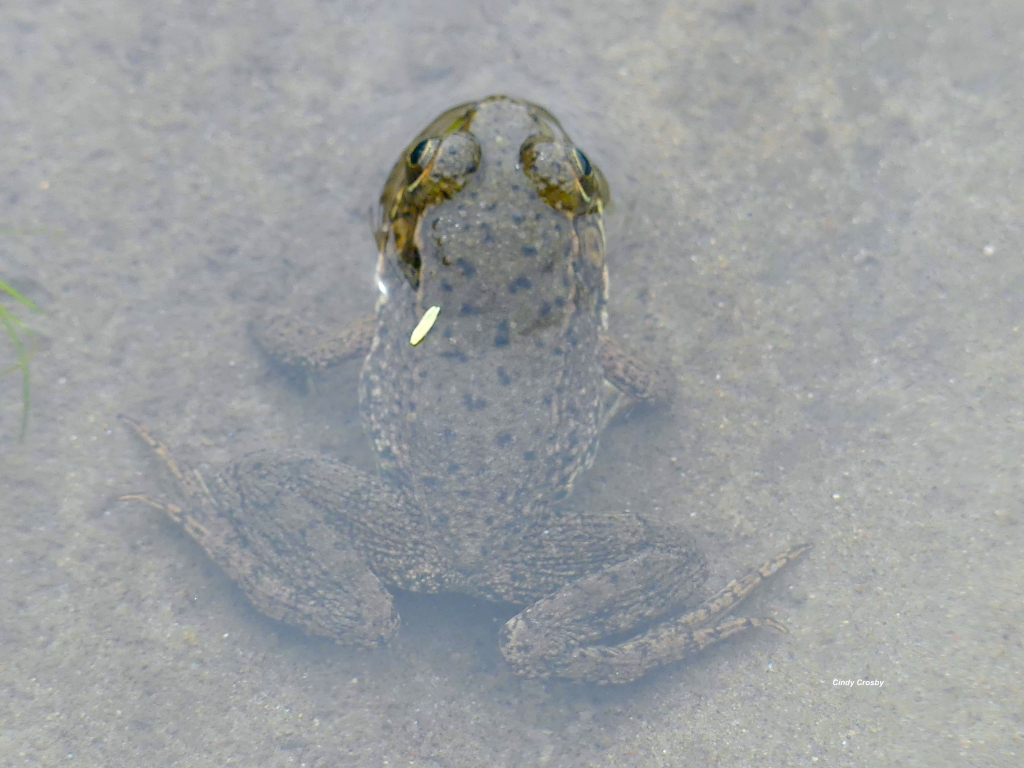
…and ravenous bullfrogs.
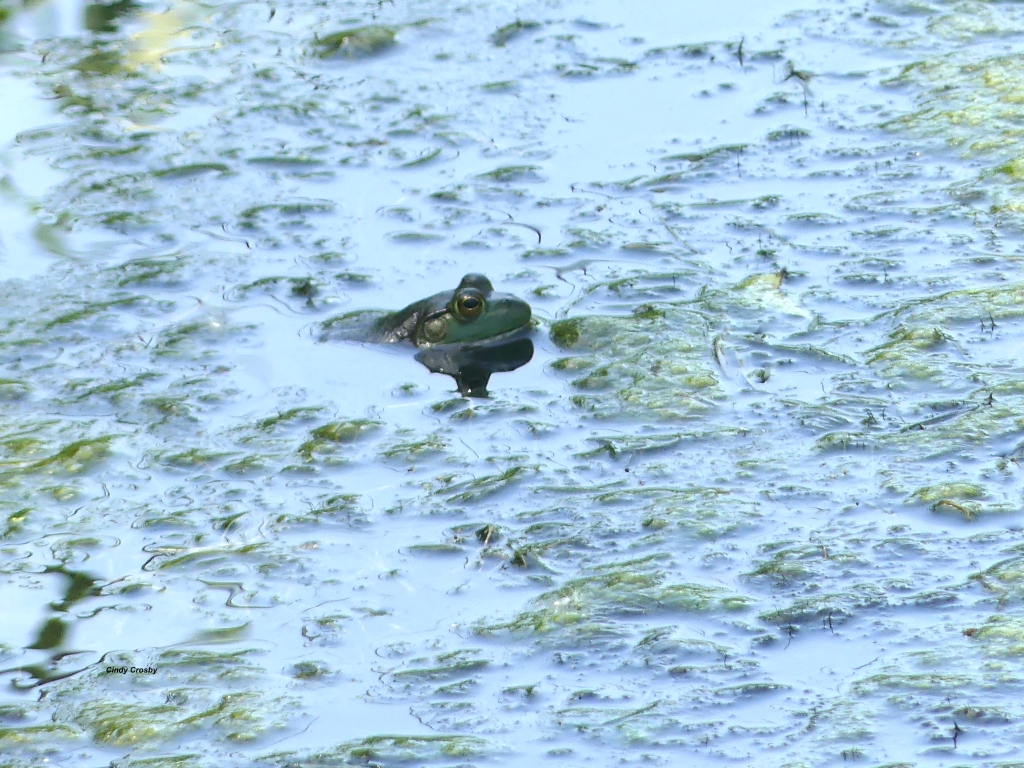
They’ll add their froggie songs to the cicada chorus, punctuated by cries from the scolding, vigilant red-winged blackbird.
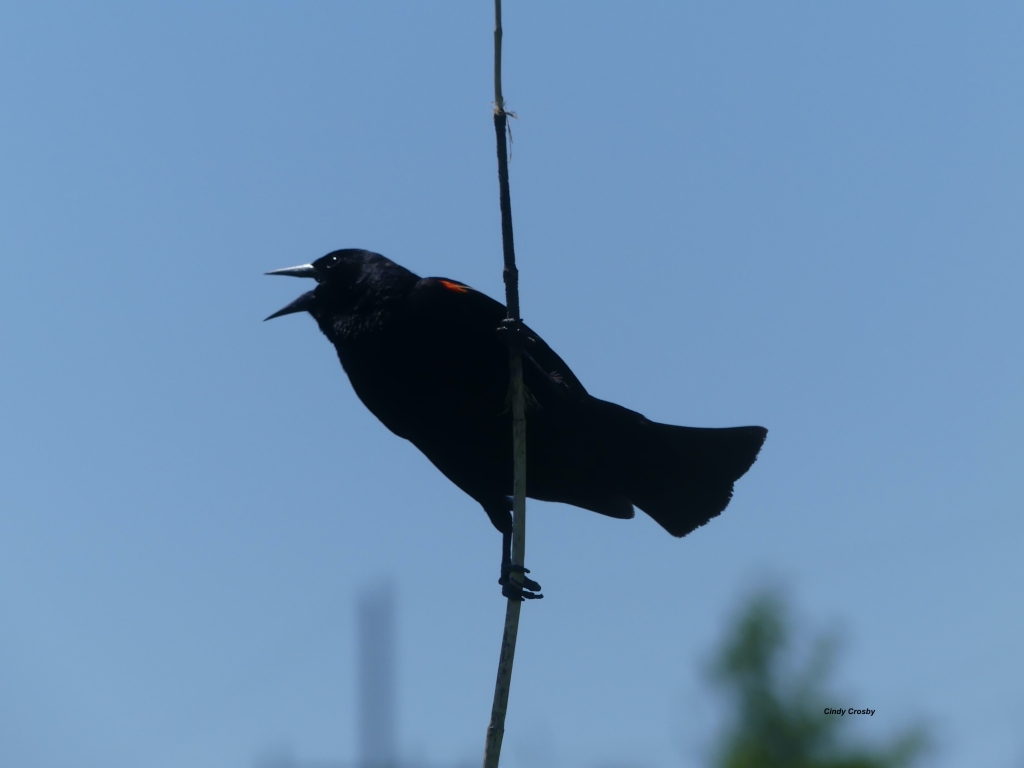
The red-winged blackbird is highly protective of his nest sites. He would like you to stay off the prairie. But hey! Don’t listen to him.
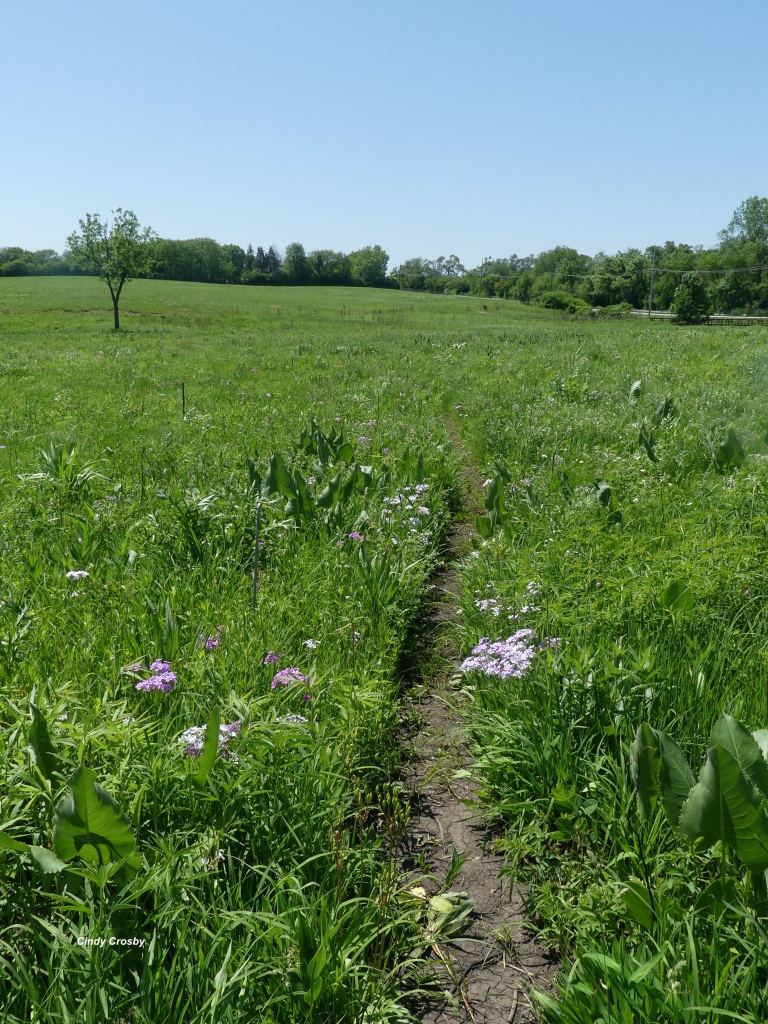
You won’t want to miss a day in the magical last half of May.
****
Matsuo Basho (1644-1694) was a Japanese haiku master. You can read more about him at the Poetry Foundation here, then have fun creating some haikus of your own.
*****
Join Cindy for a class or program in June:
Wednesday, June 5, 7-8:30 p.m. — “Bison Tails and Tallgrass Trails.” ONLINE only! Bensenville Public library. Free and open to the public. For registration details, call the library here.
Wednesday, June 12, 7-8 p.m. —“Dragonflies and Damselflies: The Garden’s Frequent Fliers” at Des Plaines Public Library, Des Plaines, IL. (In person) Free and open to the public. For registration details, visit here.
Thursday, June 13, 10-11:30 a.m. —“A Tallgrass Prairie Hike,” Hilltop Gardeners Garden Club, Oswego, IL (offsite, private event).
Thursday, June 13, 6:30-8 p.m.— “Potawatomi Prairie Perspectives” with Gina Roxas, Executive Director of the Trickster Center, and Cindy in conversation. (The Morton Arboretum, Lisle, IL, Prairie Visitor Station– held outdoors, weather permitting). Registration and ticket costs here.
More programs and classes at http://www.cindycrosby.com.
Special thanks to Joyce Gibbons for showing me the southern spreadwing damselfly, and helping me with damselfly ID this week.

Thank you so much for sharing! I’m so excited for this coming season of growth for me and everything bursting out of the earth (plants and insects alike!)
I really appreciate your fabulous Odonate pictures! After attending your Master Naturalist training session last August at the Schulenberg Prairie I was inspired to pursue Odonate monitoring as a MN volunteer opportunity. I attended training on Earth Day and am looking forward to receiving a site and getting going soon! I am admittedly a bit overwhelmed about trying to learn these amazing flyers while I am also moving, but I know that it’s a process and just like learning about plants the knowledge will come with time and practice.
I’m thankful for all of the ways that you inspire!
LikeLiked by 1 person
Hi Ruth — you are so kind! I am so excited you will be monitoring dragonflies and damselflies this season. It is such a joy to pay attention in this way to part of the natural world. The first year is a bit of a learning curve, so don’t let that discourage you! The second year is easier, and you will be a pro before you know it. It is endlessly fascinating, and you’ll see so many other things as well. Keep in touch, and let me know how it goes! Cheers! Cindy 🙂
LikeLiked by 1 person
Yes, Cindy, your photos and texts are so very inspiring! Your passion for nature is palpable! How I love the bullfrog alone in the water, looking very content, thinking about life’s great mysteries, and wondering where that fly went!!
Thank you.
LikeLiked by 1 person
Hi Rose Marie — it’s so lovely to hear from you! I know — that expression — just makes you wonder what he (or she) is thinking! 🙂 Thanks for encouraging words, and most of all, thank you for your love of the natural world. You inspire me!!!
Cindy 🙂
LikeLike
Well written ,great photos !
LikeLiked by 1 person
Thanks, Mike! 🙂
LikeLike